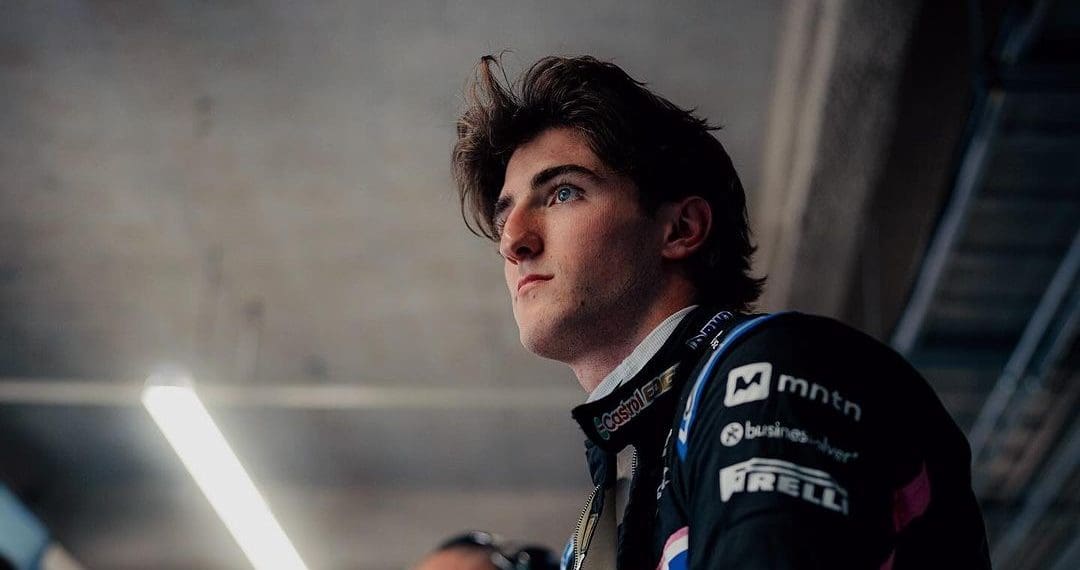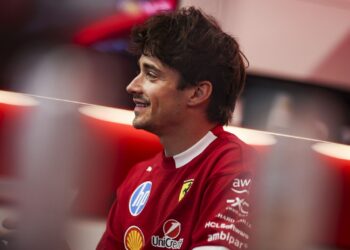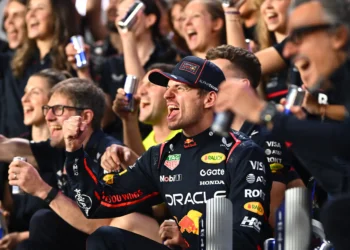As Jack Doohan steps into the Alpine F1 seat in 2025, replacing Esteban Ocon, he faces the daunting challenge of proving his worth in the sport’s most prestigious competition. Since the emergence of stars like Lando Norris, George Russell, and Alex Albon in 2019, two clear categories of debuting F1 drivers have crystallized. There are those who seem destined for greatness from early on in their junior careers and those who scrape into the sport thanks to financial backing or persistence, but Doohan’s trajectory doesn’t cleanly fit into either.
Drivers like Oliver Bearman, Yuki Tsunoda, Mick Schumacher, and Oscar Piastri – who, by all accounts, should have lost the 2020 F3 title to Logan Sargeant before an unfortunate collision – fall into the first group, bursting into F1 with impressive junior careers. Then there’s the group that includes Zhou Guanyu, Nicholas Latifi, and Nikita Mazepin, whose success owes more to financial backing than raw talent.
Jack Doohan, however, doesn’t easily fall into these classifications. He’s certainly not a “pay driver,” despite his famous father, legendary MotoGP racer Mick Doohan. But Jack’s junior career results weren’t jaw-dropping either, often leaving him in the category of F1’s “nearly men” – drivers who flirt with the sport’s top tier but don’t quite make the cut. Notable talents like Callum Ilott, Robert Shwartzman, and Felipe Drugovich, despite their accomplishments, have found themselves stuck on the fringes of F1 for the same reasons.
Doohan’s F2 career concluded with a distant third-place finish overall, and while impressive, it wasn’t enough to make him a surefire contender for F1. Unlike Bearman, who has already won two titles in five seasons, Doohan has yet to claim a championship title. In modern F1, a seven-year junior career without a title win typically doesn’t scream promotion material.
Yet, Doohan is set to become the 777th driver in F1 history in 2025. This raises the question: can he carve out a successful F1 career despite not having the glittering junior record of some of his peers?
His rise bears similarities to that of Nyck de Vries, who won F2 in his third season but wasn’t heavily hyped before then. De Vries eventually earned a full-time F1 seat after years of testing, but his tenure was short-lived, as he was dropped by AlphaTauri in 2023 after just one season. Could Doohan be in for a similar fate, or can he break the mold?
One thing working in Doohan’s favor is the extensive mileage he’s accumulated with Alpine, both in testing and free practice sessions. Since 2021, Doohan has driven contemporary F1 machinery for Alpine across six free practice sessions and numerous private tests. This track time has allowed him to become well-acquainted with the team’s operations and expectations, potentially giving him a leg up when he finally makes his full-time debut.
Alpine has invested heavily in Doohan’s development, and he’s been embedded in their driver academy for several years. That stability and preparation could be crucial as the team looks to climb back up the competitive ranks. In contrast to the high expectations that were placed on drivers like Mick Schumacher and Logan Sargeant, who ultimately struggled to make a lasting impact in F1, Doohan’s relatively low-key entry might allow him to thrive without the crushing weight of expectation.
Team principal James Vowles has taken a more measured approach with his drivers, recognizing the need for thorough preparation before throwing them into the deep end. Speaking about Williams junior driver Franco Colapinto, Vowles stressed the importance of giving drivers ample time in historic cars and modern simulators to fully prepare them for the rigors of F1 – a lesson learned from Sargeant’s struggles and Tsunoda’s rocky early seasons. This philosophy will undoubtedly benefit Doohan as he transitions into his F1 career with Alpine.
Doohan may not have the titles or instant star power of his peers, but he represents a departure from the typical mold of F1 rookies. With a more methodical and measured preparation process under his belt, he has the potential to set a new standard for drivers who take a longer, less conventional route to F1. If Alpine’s careful development of Doohan pays off, he could become a role model for future “late bloomers” who don’t fit the traditional trajectory but still have what it takes to compete at the highest level.
In the end, while Jack Doohan’s path to F1 has been unconventional, it might just be the path that leads him to success. Alpine has done everything to prepare him, and now it’s up to Doohan to make the most of this opportunity and prove that he belongs on motorsport’s biggest stage.










